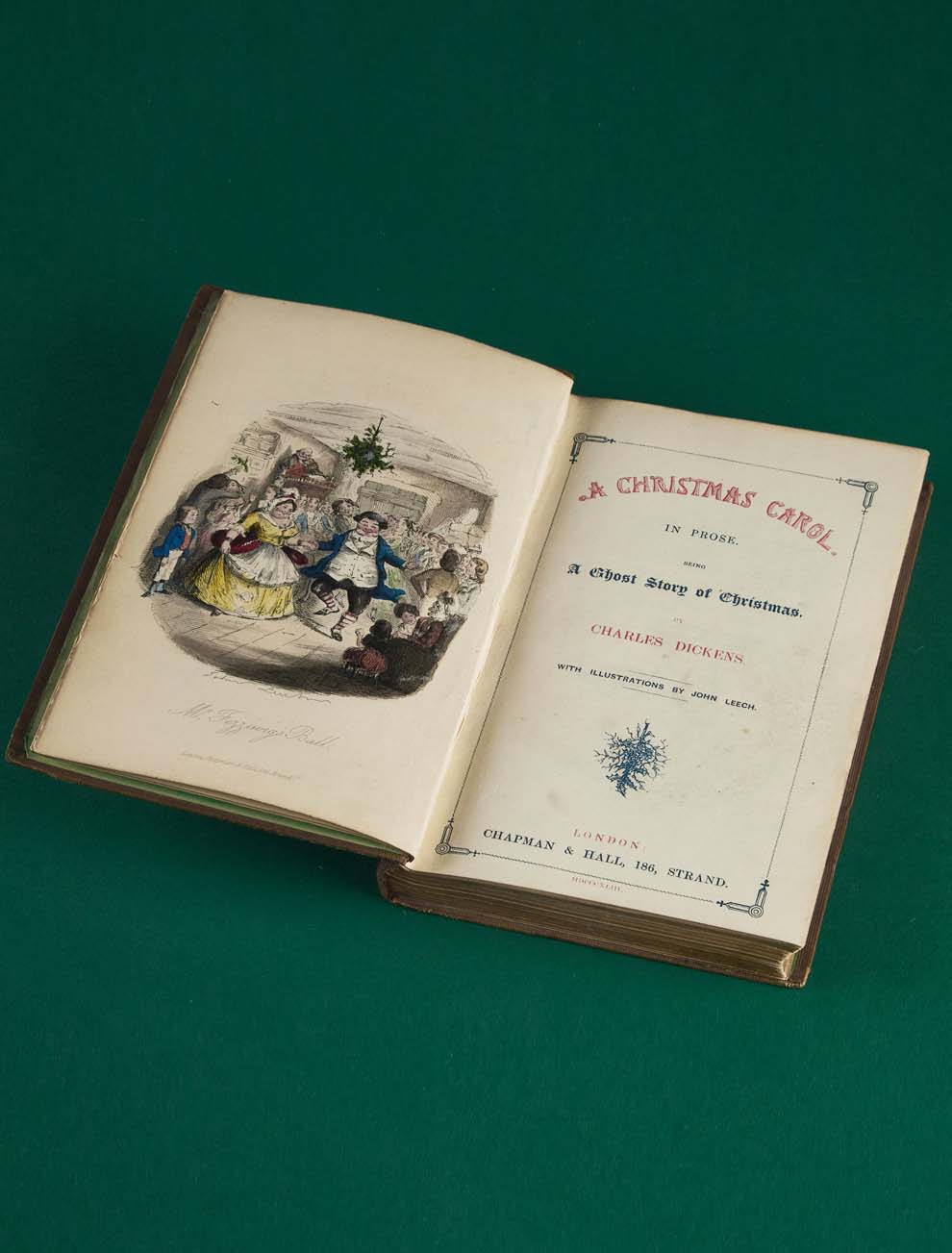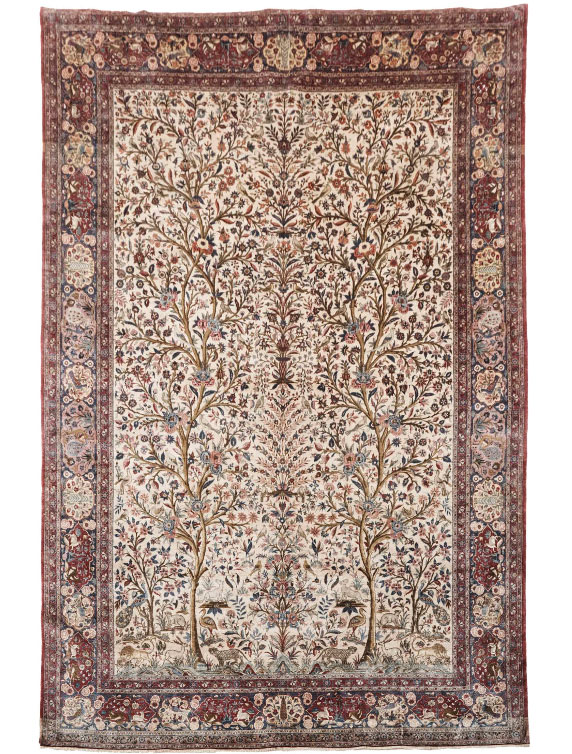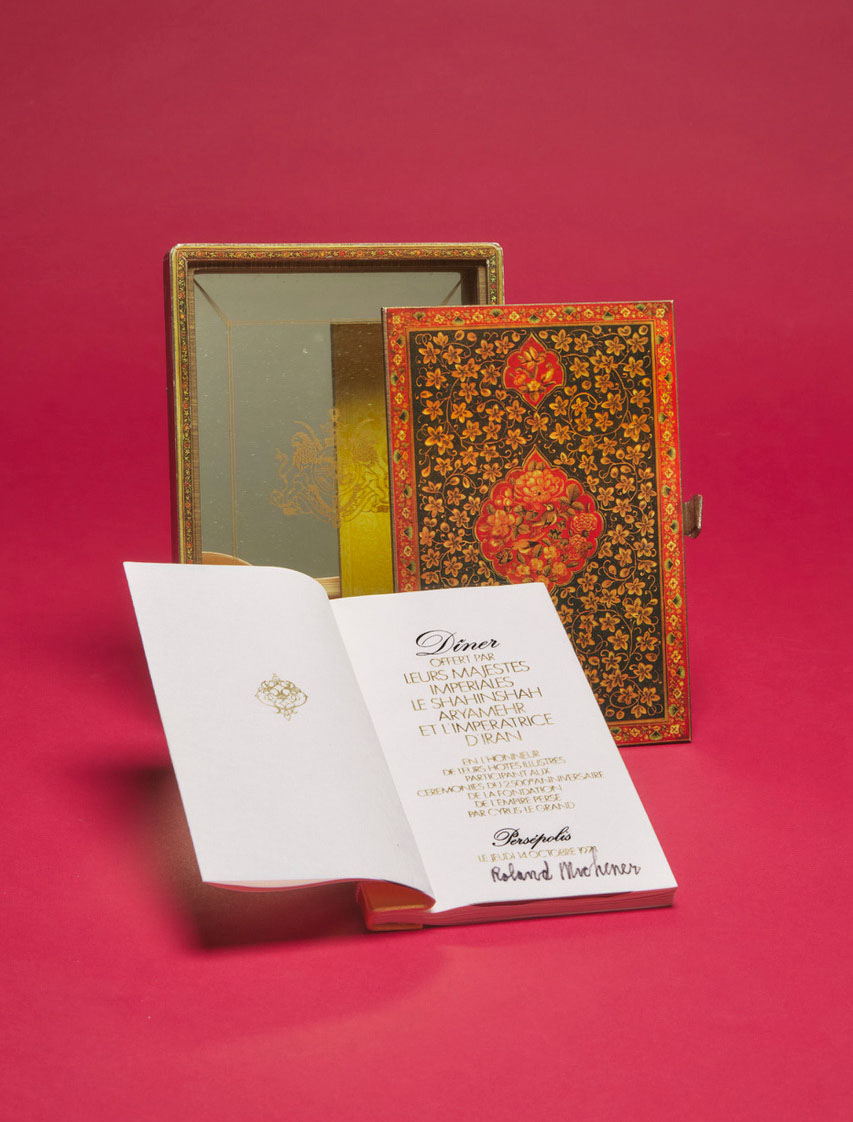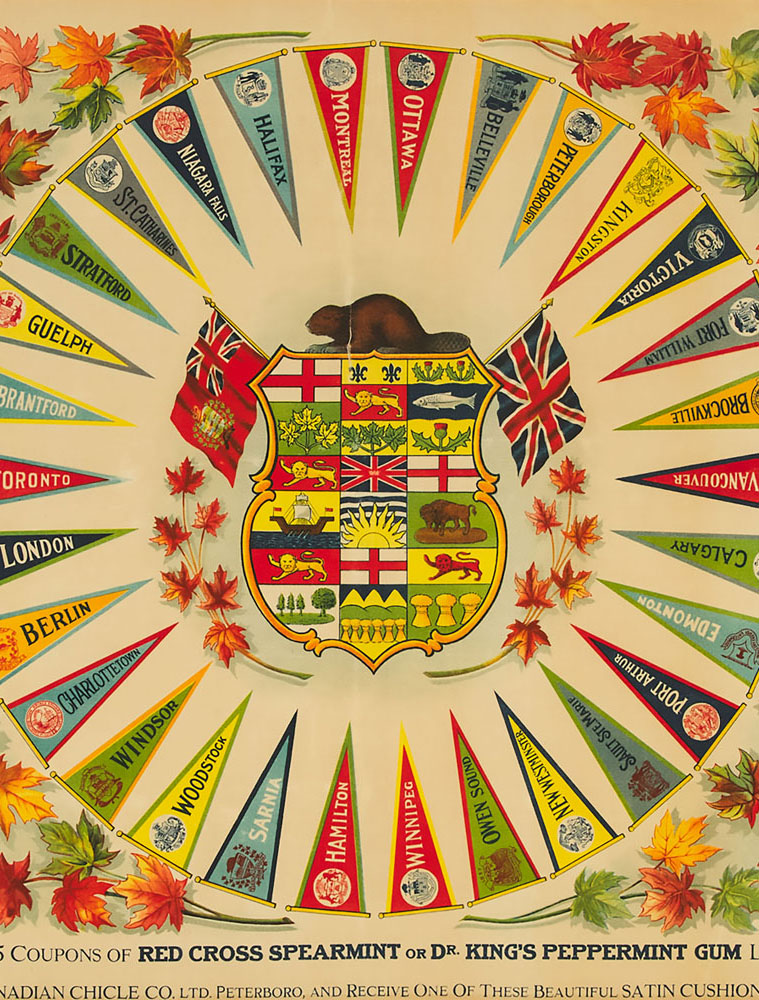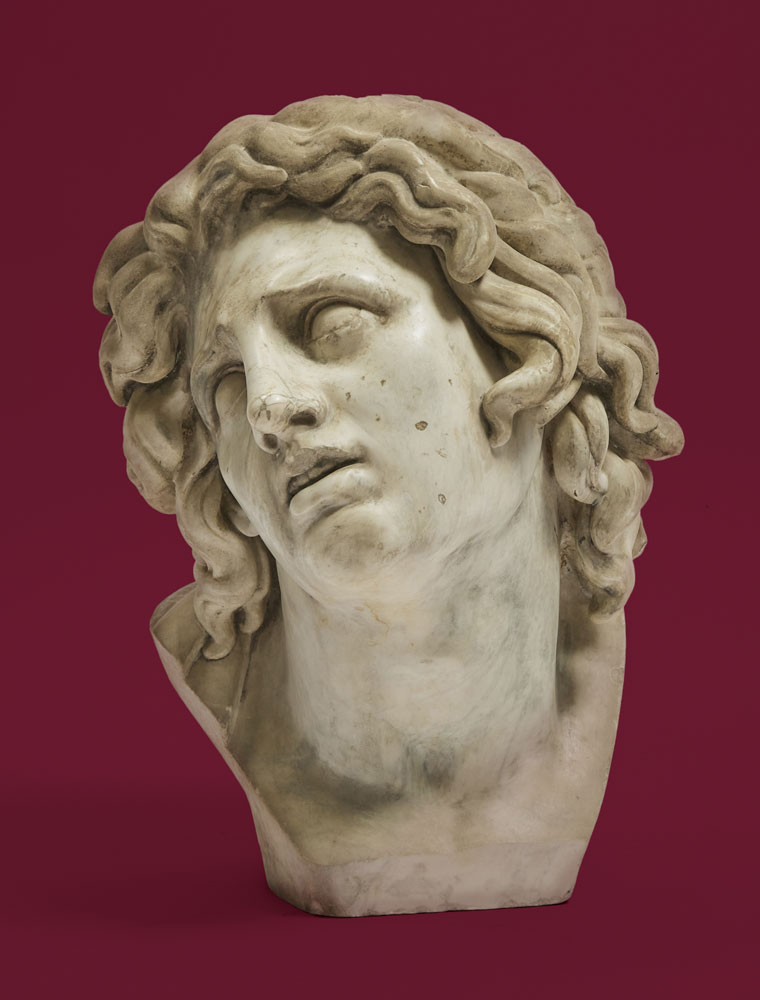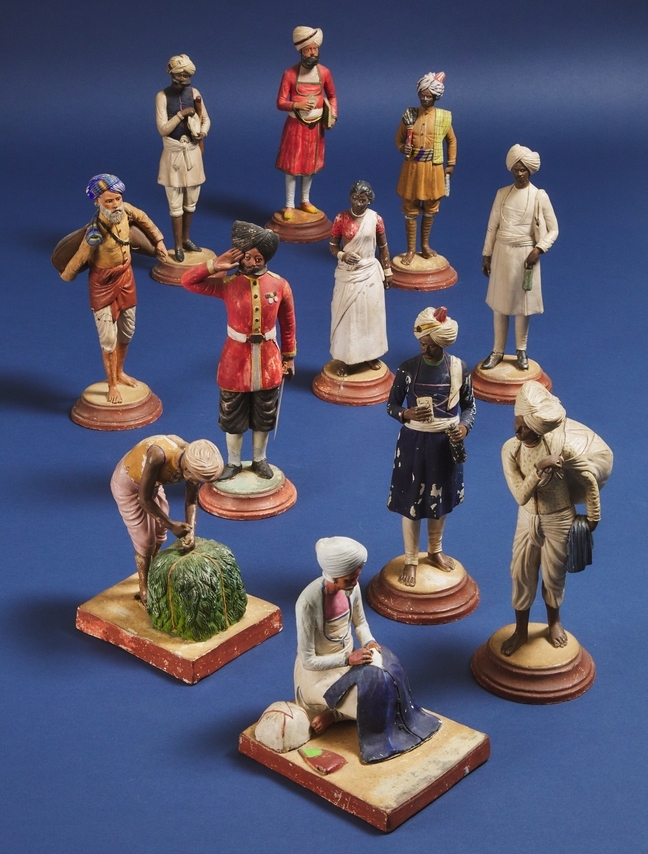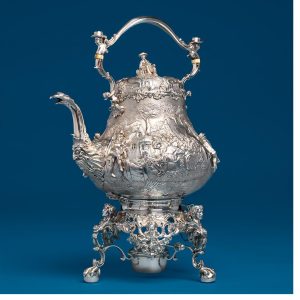
Our first Decorative Arts & Design auction of 2024 features a fine selection of English silver dating from the early Jacobean (James I) period through to Edwardian times. Amongst some great examples, we’re pleased to include a fine Victorian Cast and Repoussé Silver Kettle on Lampstand by esteemed English silversmiths Hunt & Roskell made in 1868.
John Hunt & Robert Roskell
Silversmiths and jewellers to Queen Victoria, John Hunt and Robert Roskell were the successors of pre-eminent English silversmith Paul Storr (Hunt being a nephew of Storr’s wife) who originally began his own practice in 1819. Storr & Co (1819-22) quickly merged into Storr & Mortimer (1822-38), then to Mortimer & Hunt with the introduction of John Hunt into the firm in 1838. Robert Roskell joined the company in 1843, and the two continued worked together successfully under the name Hunt & Roskell until 1897.
With such a distinguished lineage, it is unsurprising that the company was able to acquire large commissions from direct Royal patronage and aristocratic families across the country. Hunt & Roskell became particularly known for their elaborate presentation pieces, examples of which were admired at The Great Exhibition of 1851, with one particular example continuing to be held in the Royal Collection today.
Tea Mania
Tea was first introduced in Britain during the 17th century, as a drink imported from China during the first periods of large-scale efforts of globalized trade. Noted for its medicinal properties, tea first gained popularity among the aristocracy— who could afford the cost of importation—and then subsequently grew in taste amongst patrons of the famous (or infamous) coffee houses of the period. Author Samuel Pepys noted in his diaries the exact date in which he first tried the new drink on the 25th of September, 1660, writing “I did send for a cup of tee, (a China drink) of which I had never had drunk before.”
By the middle of the 19th century, the obsession for tea had reached all levels of society, with major social, economic and artistic changes transpiring due to its popularity. Tea culture would have significant impacts in the decorative arts, with silver being a material of choice for elite patrons. The beginning of the century had produced silver tea and coffee sets in line with the Neoclassical aesthetics of the period introduced by the likes of architects and designers Robert Adam and William Kent. By 1868, when this kettle-on-stand was produced, the Victorian taste for maximalism was in full force and was amplified by the many technical manufacturing innovations developed during the Industrial Revolution.
This particular kettle-on-stand was created using a combination of fine repoussé work and cast silversmithing. Repoussé (derived from the French word meaning “to push forward”) involves a process whereby the silversmith punches or hammers a relief design from the back of a silver plate, allowing a design to emerge at the front that can be chased for further detail. Elements like the handles, finials, and some of the figures were then cast in a hollow mould and applied to the finished piece. The techniques of repoussé, casting, and chasing date from antiquity, and can be found in various interpretations from around the globe. However, innovations during the Industrial Revolution in England allowed for this technique to achieve its greatest technical heights, making this kettle a very fine example of the period.
The pastoral scenes depicted on the body of the kettle likely derive from the work of David Teniers II. Known for his paintings of rural peasants enjoying the simple pleasures in life, the Flemish master’s work had lasting impacts on the decorative arts throughout Europe. His idyllic scenes were most famously translated in the form of tapestry in Brussels in the late 17th century, painted on porcelain at Meissen in the 18th century, and interpreted in silver as early as the Georgian period in Britain – an exceptional example being made by Edward Farrell from 1817, which Waddington’s sold in 2014.
This kettle-on-stand and other fine examples of silver, ceramics, and glass can be found in our upcoming Decorative Arts & Design auction, online March 16-21.
ABOUT THE AUCTION
A good selection of James I, James II, William III, Queen Anne, Georgian and later silver; collections of early Canadian and later silver by Paul Petersen; Russian enamels; Lalique, Gallé, Daum, Tiffany, Steuben, Waterford, Murano, Webb cameo and other glass; Canadian studio ceramics by the Harlanders, Kayo O’Young, Diane Nasr, Harlan House, Tessa Kidick, and others; Delft, Sèvres, Naples, Meissen, Rosenthal, Worcester, Martin Bros., Moorcroft, Doulton, Wedgwood, Derby, Aynsley, etc.; bronze and marble sculpture, posters, textiles, lighting, clocks, walking sticks, works of art, and more. View the online gallery.
Please contact us for more information.
On view at our Toronto gallery:
Sunday, March 17 from 12:00 pm to 4:00 pm
Monday, March 18 from 10:00 am to 5:00 pm
Tuesday, March 19 from 10:00 am to 5:00 pm
Related News
Meet the Specialists

Bill Kime
Senior Specialist, Ceramics, Glass and Silver

Sean Quinn
Senior Specialist, Clocks, Sculpture & Lighting

Erin Wiley
Associate Specialist




